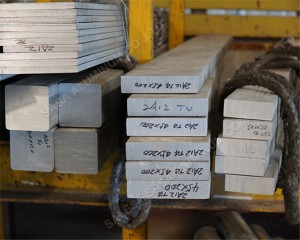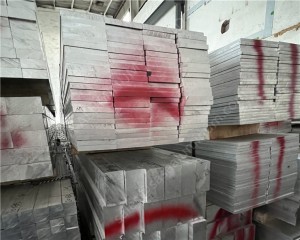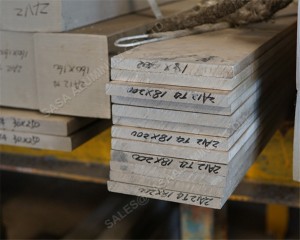Bending aluminum flat bars is a common practice in the metalworking industry, offering versatility in creating diverse shapes and structures. This process can be accomplished using various techniques, including a 3-roll profile bending machine, a brake press, and a bending jig.
Understanding the material specifications is crucial before exploring different bending methods. Aluminum, known for its ductility and malleability, allows for bending and molding without the risk of cracking or breaking. Its lightweight nature makes it a preferred choice for numerous metalworking applications.
The aluminum flat bar stands out as an incredibly versatile material suitable for a wide range of applications, especially in metal fabrication where it can be bent and curved into various shapes.
When working with different grades of aluminum flat bars, it’s essential to consider their bending capabilities. Generally, grades like 3003 and 5052 are more easily bendable, while 6061 is less so. Although 6061 can be formed, it poses more challenges. The ability of aluminum flat bars to bend may decrease with different tempers, progressing from annealed to T4 and T6. Bending tempered alloys can be challenging and may require larger bend radii to prevent cracking on the outer bend. Careful consideration is crucial to avoid complete fracture along the bend line.
Post time: Jan-05-2024


